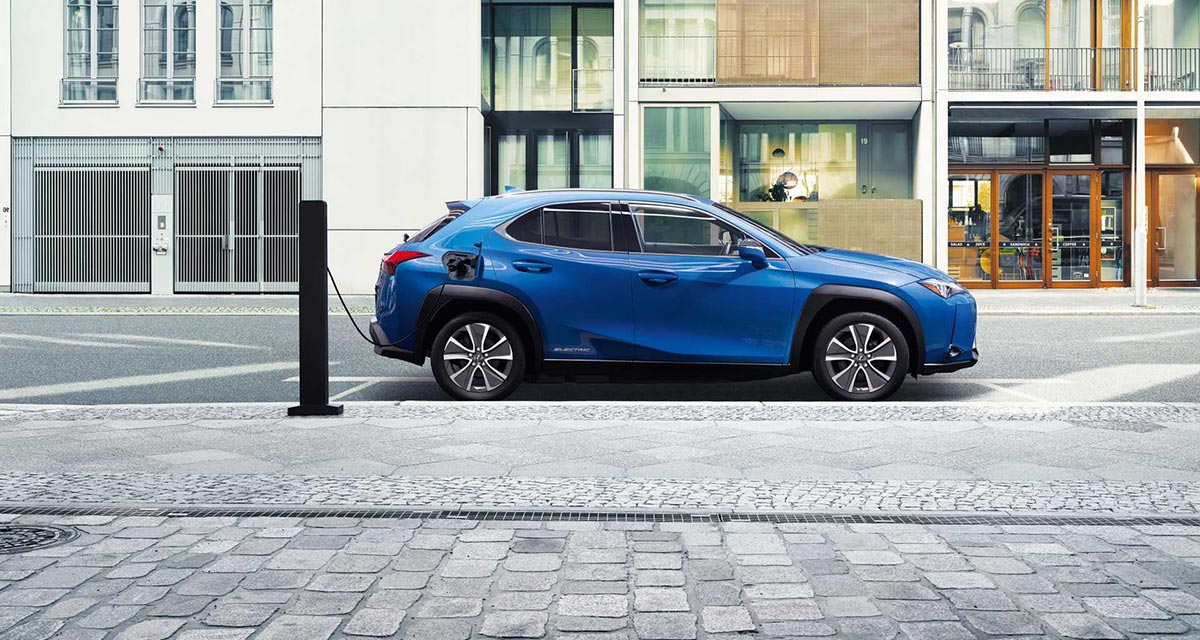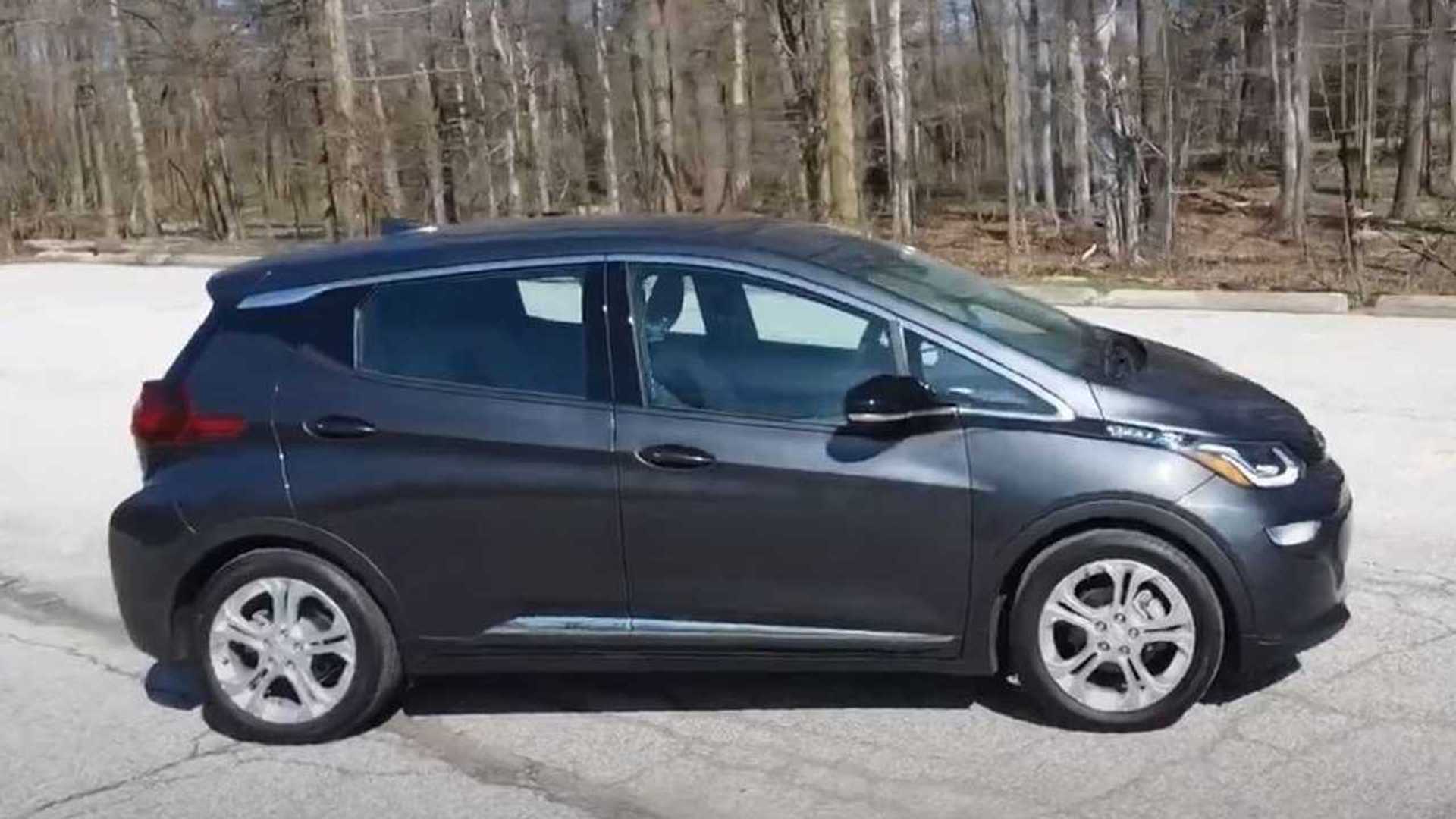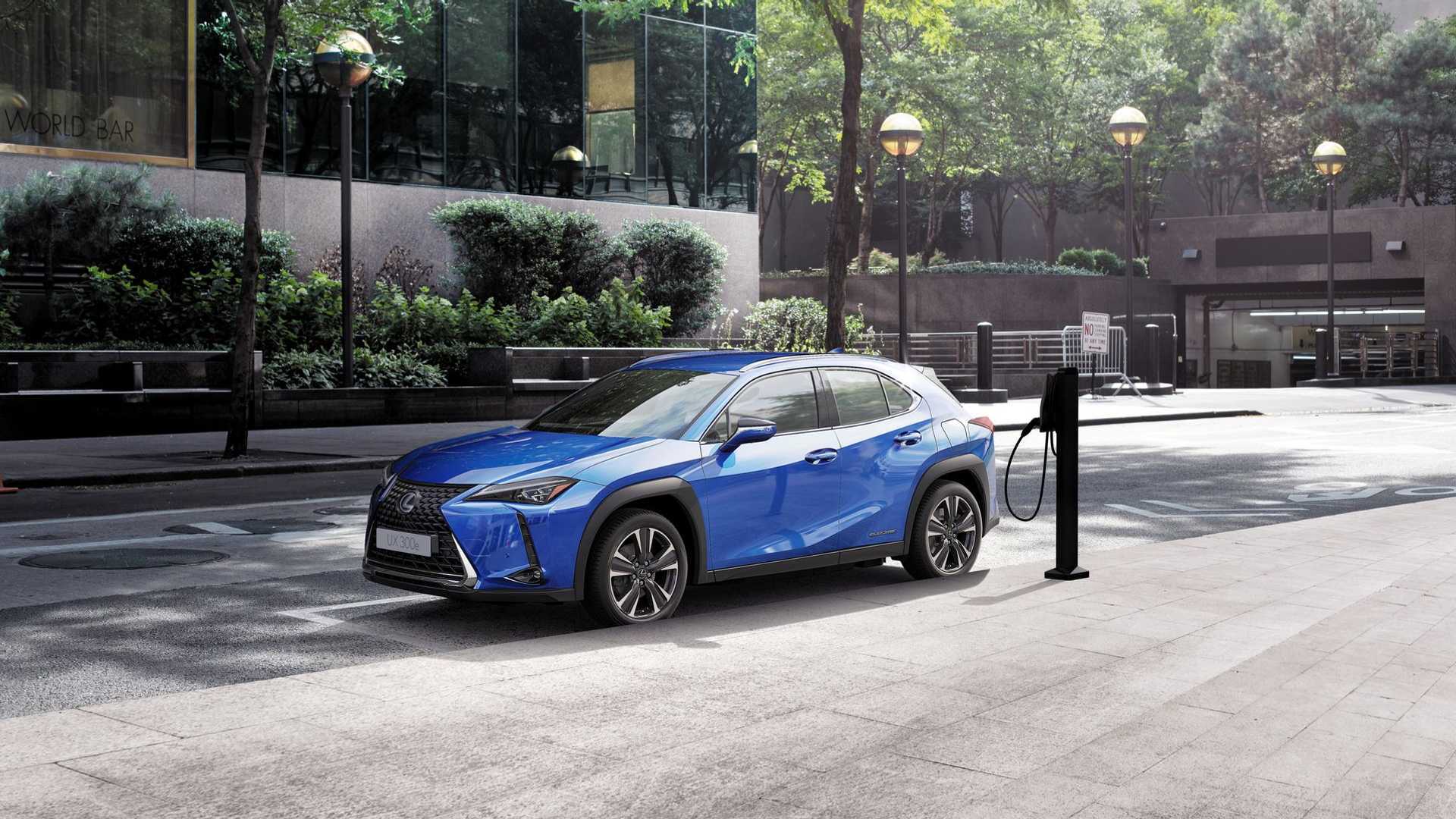The ChDM UX300e has two trims at ¥362k and ¥385k after subsidies. For comparison UX200 is only available in F-Sport trim at ¥302k. UX260h starts at ¥283k and tops at ¥386k (Lexus raised the price of all UX trims by ¥15k for MY2020). Like in USA, the UX200 is intentionally crippled to drive more sales to the hybrid.
Both UX300e trims are better equipped than the ¥348k UX260h F-Sport E-Four, but slightly worse equipped than the ¥386k fully-loaded trim. So UX300e offers the same value as UX260h in China in terms of features but is more powerful. The important thing here is a top UX300e is slightly cheaper than the top UX260h (the only difference betweent the two is the latter has a bigger infotainment screen and has seat memory, everything else are the same).
It's worth noting that the battery pack armor protrudes downwards. That's why they were able to integrate the full pack without raising the floor and intrude trunk space. As a result they get a 10mm (0.4in) lift but the ground clearance is still reduced from 150mm (5.9in) to 135mm (5.1in). The wheel gap differnece is quite visible if you put the two variants side-by-side. The funny thing is the UX300e (a "crossover") is now 10mm lower from the ground than the CT200h (a hatchback) and is also the lowest current Lexus product along with the GS-F and RC-F (LC is 2mm higher) and definitely the one with lowest CoG since there are 400kg of batteries in the floor.

The C-HR EV is very highly reviewed in China. At first I expected it to get trashed for its bad value and uninspiring specs. It is widely praised for its ICEV-like throttle pedal tuning. This is quite important. Since electric motors reach max torque in less than 100ms, EVs tend to feel very 'jerky' when the driver presses the pedal. 'Jerk' is the physical term that describes the rate of change of acceleration, so the instant torque results in a worse ride and it happens at any level of throttle input (not just WOT). During my period of owning the BYD Qin, I got constant complaints from rear seat passengers that my driving is 'very unsmooth' even though my driving style have not changed.
It is also praised as the best handling SUV ever tested only held back by its high-profile tyres. But some pointed out the rear suspension is now too hard for a family car.
The car will not regen in D, only in B gear. This is also to make the transition from ICEV more natural. One of the most common complaint I see with new EV owners is that the car 'brakes too quickly and does not glide well'.
The most well-received aspect is that most of the journalists were able to match or exceed the official efficiency and endurance figures. This is already widely praised on the Corolla/Levin PHV.
When interviewed by the media, a GAC-Toyota engineer said their goal is for a traditional ICEV owner to get into the driver's seat and not feel any difference in driving feel (except the noise, of course),
so nobody would get turned away by having to get used to driving a new type of car. Numbers is less of a concern, as an example they can crank up regen to crazy values and they will extract another 5% efficiency. This customer-oriented product design is such a breath of fresh air in today's numbers-obsessed EV market.
I can totally see this product trashed in the USA for not giving the 'fierce EV-like acceleration' and not having big shiny numbers to brag about.












